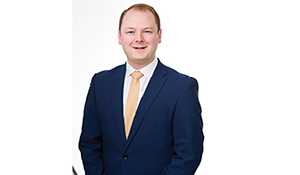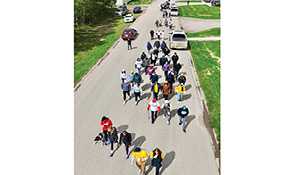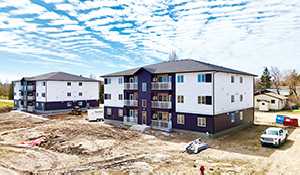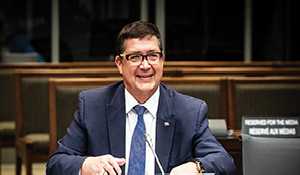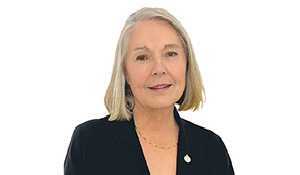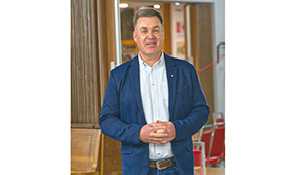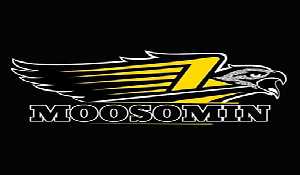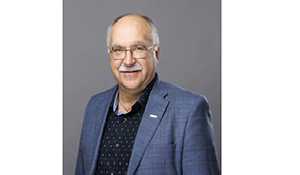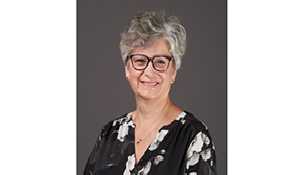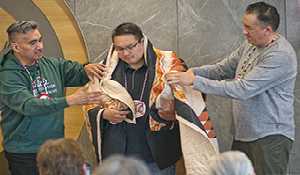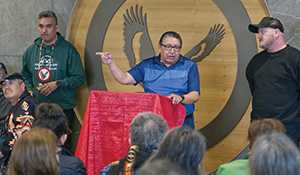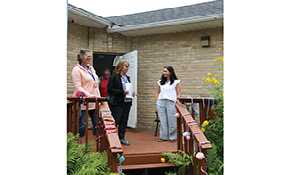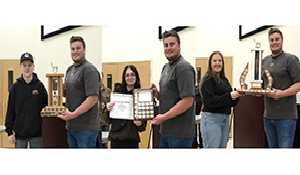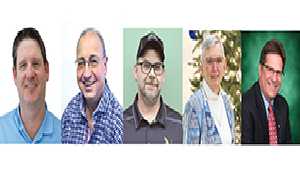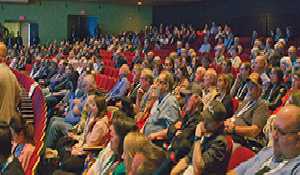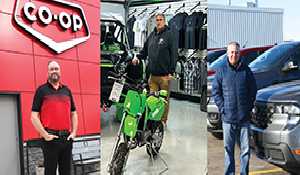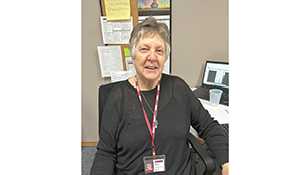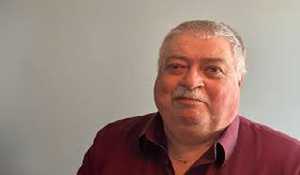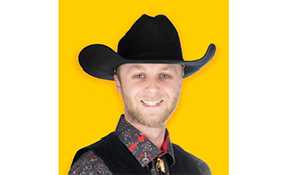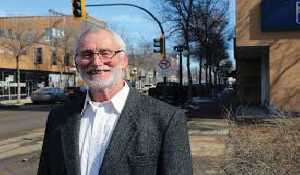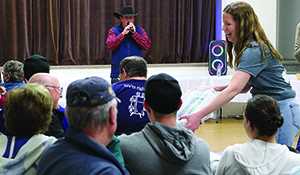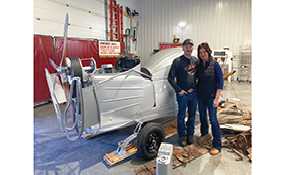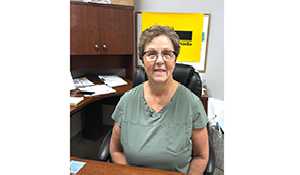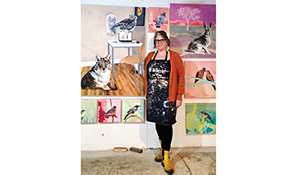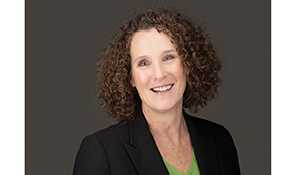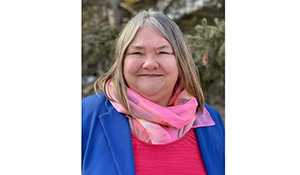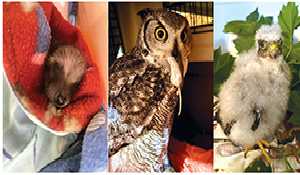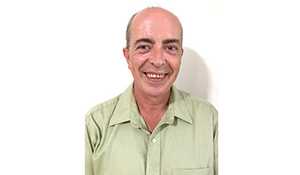Ryan Aulie helped build first satellite designed, built, and tested in Sask.
May 30, 2023, 4:14 pm
Kevin Weedmark
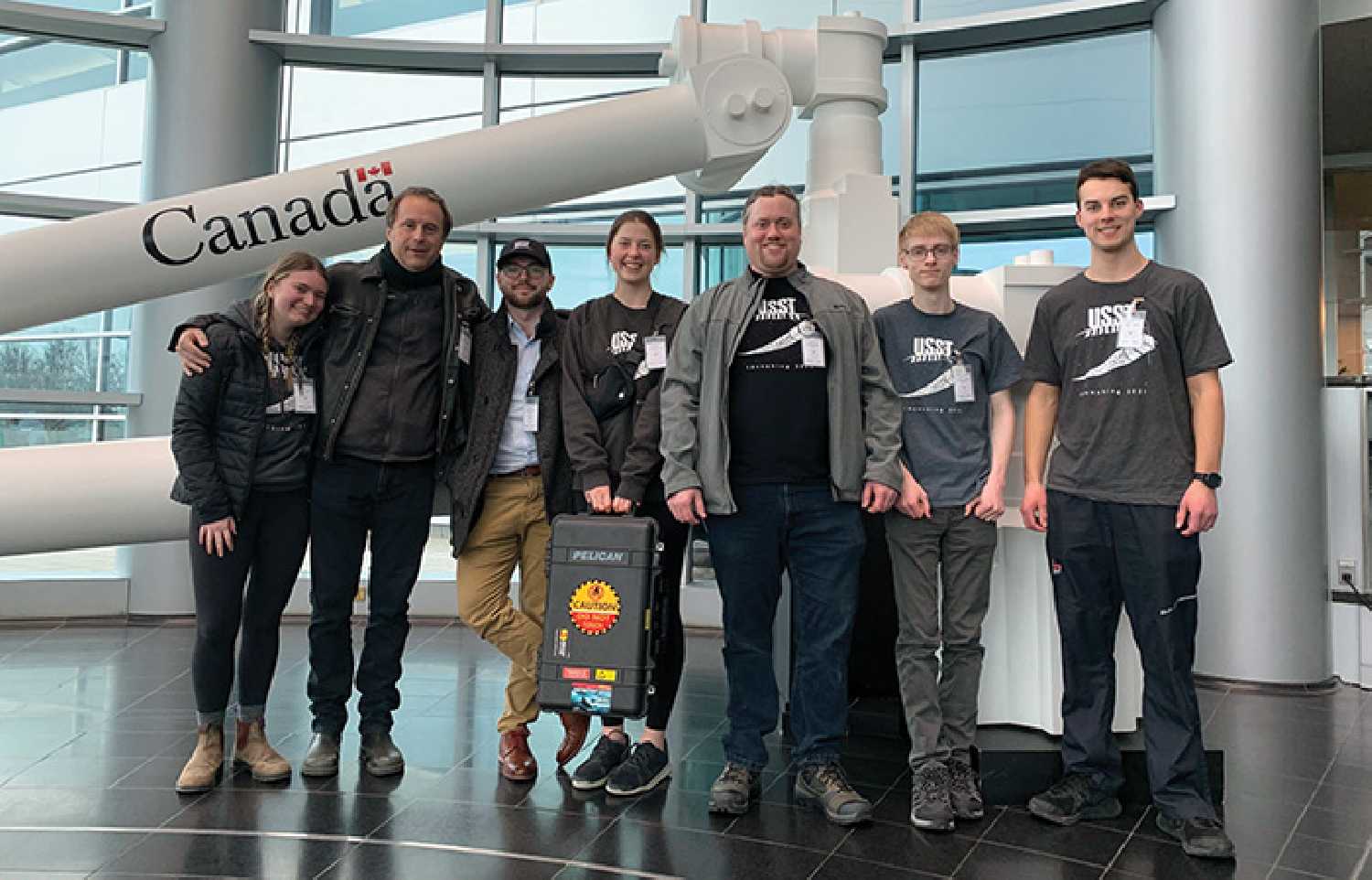

Ryan Aulie, who grew up on a farm at Ryerson and went to school in Redvers, is the mechanical team lead on the RADSAT-SK team. RADSAT-SK is the first satellite ever designed, built, and tested in Saskatchewan.
Aulie, a University of Saskatchewan mechanical engineering student, and other students travelled to Montreal to meet with Canadian Space Agency and Nanoracks officials, put the finishing touches on the satellite, and integrating it with the deployer that will launch it into orbit.
He and other students will travel to Cape Canaveral, Florida to watch RADSAT-SK launch in a SpaceX resupply mission to the International Space Station on June 3.
Following is an interview with Aulie:
Tell me about yourself. What are you taking in university?
Iím taking Mechanical Engineering at the University of Saskatchewan, and right now Iím actually on my internship. Itís a 16-month internship so Iím coming up on the last three and a half to four months left and then Iíll be back in Saskatoon for two more years of university.
What got you interested in engineering?
Just growing up on the farm I always liked taking things apart to see how they work and just kind of understand the workings of things. Iíve got some old vehicles on the farm that Iíve kind of been fascinated with, like how they designed them and how they all work. I think that drove me towards Mechanical Engineering.
So at this point, where are you hoping to start your career?
Initially I thought more research and development like designing new products. Right now Iím doing more of a manufacturing internship and I think thatís still on the table. Iíd like to try some research and development type of stuff and get some experience to see what I like to do because I donít know for sure until I try itóI think kind of designing new products. Space would be really cool to get into, the space industry. Robotics has always been my other interest.
Tell us about the RADSAT-SK Project and how you got involved with it.
It was two and a half years ago, so I believe September 2020 I joined the project.
Actually Iíll go farther back. In my first year of university, so 2019-2020, I heard about the project because it was advertised around the university, but I didnít feel like I had enough time to join it. In the second year of university when Covid hit and everything was online, I heard about the project again. So I joined in on one of the recruitment meetings and got hooked on the work that theyíre doing. Itís a really cool project in that we get to send something to space in the end.
I joined the mechanical team and worked with them for about half a year and then I became the structural team lead. I worked some more there and then eventually became the mechanical team lead which is my position right now.
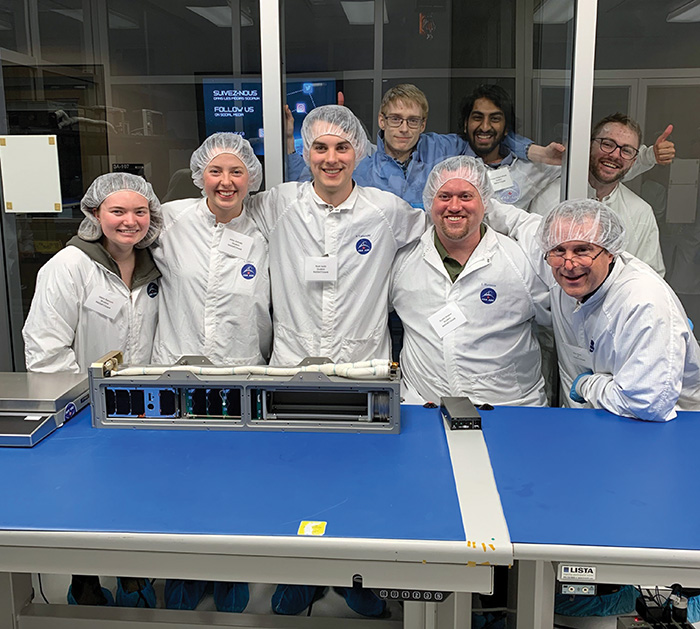

How different is it structurally engineering something for space compared to something that will be used within the atmosphere?
The biggest thing that we had to look at was the vibrations and the forces within the rocket, so kind of still within the atmosphere. But there were also things to consider while weíre in space, like thereís obviously no air pressure, so some materials actually degrade faster when theyíre in space, in the direct sunlight and with no air pressure. So we have to be kind of cautious of what kind of materials we use within the satellite. Also thermal was a big part of the design because thereís no airóif you think of a big computer, to cool it down you use a fan to blow air on it and cool it down. In space you donít have the air so you have to use purely radiation. So when something heats up it emits infrared radiation and thatís how it cools itself down. So you have to work with different methods to get it to cool down the electronics enough while itís in the direct sunlight.
What does the satellite do?
Our satellite has a payload that was developed by a professor at the University of Saskatchewan. Dr. Li Chen is an Electrical and Computer Engineering Professor at the University of Saskatchewan and so he, along with his team, developed this experimental dosimeter board which reads cosmic radiation. So we have these dosimeter boards within the satellite and on those dosimeter boards there is a fungal melanin coating which is purified from G-simplex for radiation shielding and that was a part of Dr. Ekaterina Dadachovaís team. So that melanin coating is applied to each of the dosimeters on the satellite. So each application has increasing amounts of melanin content and theyíre getting different readings from each of those dosimeters to see how well that melanin absorbs and blocks the radiation in space.
The idea is to gather data and to see how these different coatings of melanin work as radiation blockersóradiation protection in space. Then possibly in the future they can use that melanin as a radiation blocker in space for electronics, for people and other things.
Is this the first of its kind in terms of this type of experiment?
What weíre testing in space have all been tested on the ground, on earth. The idea is to see how that reacts different in the space environment.
I canít say whether or not for sure if this has been done beforeóIíve never heard of it being done.
What stage is the satellite at? You folks have delivered it to the Canadian Space Agency now?
We had an integration trip to the Canadian Space Agency in Montreal. So for that we had seven students and our faculty mentor, Dr. Sean Maw. We flew with the satellite from Saskatoon to Montreal, took it to the CSA headquarters and integrated it with the Nanoracks CubeSat Deployer, and thatís the device supplied by a company called Nanoracks from the United States. We load it into that, it gets loaded into the rocket, then that gets blasted off to the International Space Station (ISS) and from there it gets deployed into orbit around Earth.
So what was that like? What did you get to do there besides delivering the satellite?
It was an amazing experience. They gave us a tour of the Canadian Space Agency, then we got to meet quite a few of the CSA employees. The Nanoracks employees were there helping us to load it into their deployer. So when we got there, we got to go into a laboratory that they had, we opened up the case with our satellite and we did our finishing touches on it to get it ready to load it up. That included charging up the satellite and then getting the final software code put onto it. Then the following day we went into a different laboratory and then there were a few tests that the Nanoracks team wanted to go through with us just to make sure that it would survive in the rocket, that it all fit into the deployer properly and that it will also deploy once itís in space.


What was the most impressive part of that trip and that tour?
Just seeing the Canadian Space Agency headquarters was really cool. They had a bunch of displays of the previous Canadian contributions to space. We got to see a model of the Canadarm which is the Canadian contribution to the International Space Stationóthat was really cool. Then just hearing from the Canadian Space Agency members and just all of their knowledge that they have there. They were helping us out a lot with the satellite throughout the whole project so it was cool to put some faces to the emails and messages that Iíve been sending back and forth with them.
Are you going to go down for the launch as well?
The launch is planned for June 3 right now. Thatís when weíre scheduled on a SpaceX rocket. On May 30 I take off and spend some time there with the teamóI think thereís around 25 of us going right now. Then the CSA is having a little get together for us so we can watch the launch and celebrate there with everybody, with all of the other teams. We werenít the only team in Canada that put together a CubeSat. This was a program put out by the CSA called the Canadian CubeSat Project (CCP for short) and I believe that universities from all across Canada applied for this and have built satellites, so weíll be watching with a few of those universities as well.
Do you know how many other satellites are going to be launched at the same time?
If I remember right, there were five teams at the integration. There will be many other experiments and a resupply mission to the International Space Station, so a lot of different cargo will be launching, but I believe that itís five other universities that weíre launching these CubeSats with.
Will the satellite be deployed from the space station or will it be deployed from the rocket along the way?
No, it goes right to the space station and then from there they grab the Nanoracks deployer, they point it in the right direction and then they deploy it from there. We donít have an exact date for when that deployment is, but weíre expecting it to be sometime in July, just because they have a lot of other things going on and the astronauts up there are pretty busy.


How does it feel to be a part of a project like this?
Itís crazy actually and I still donít know if itís fully sunk in how big this is. Itís just been me and a bunch of my friends working together and with other people as they join. Meeting the CSA kind of put it into perspective what kind of scale weíre working on and then I think going down to watch the launch is going to be super. Iím super excited about it.
Has being a part of a project like this changed anything for you in terms of your trajectory as an engineer with what youíve learned?
Yeah, itís definitely gotten me more into space. Iíve always been interested in space but now, dealing with this stuff, I definitely would like to pursue something within the space industry. Even just the knowledge that Iíve learned from helping to design this satellite, I think it can be applied anywhere. So itís definitely affected me with where I would like to goóeither space or robotics-wise in the future.
Whatís the most important thing that youíve learned through your involvement in this project?
If I were to go with a technical side, with the design project, communication is always very important. Itís such a large project and with communication itís always something that can be worked on and bettered.
If I were to go less technical, something Iíve learned is just to enjoy what you do. This project has been a lot of work but it has definitely paid off in the end and Iíve enjoyed working on the project. If I didnít enjoy it, it definitely wouldnít pay off as much. It wouldnít feel as great now being less than a month away from having something floating around in space that Iíve touched with my own hands.
When will you know that the launch is a success? Are there some technicalities that could get in the way of this satellite starting up and transmitting data? Are there some challenges yet?
The launch, of course thatís a huge milestone for us and even just getting there Iím super excited about. We launch off the ground on June 3, then we should deploy sometime in July, and after deployment weíve got a mechanism in our satellite that will wait 30 minutes after itís been deployed and then it should start up.
Thereís only certain times that we can talk to it just because the way the orbit worksówe canít talk to it once itís on the other side of Earth. We have a little ground station on the university grounds, so thatís the first time weíll know whether or not the satellite has turned on properly.
Weíll try communicating with it there and if we hear back from it we can do our diagnostics and make sure that itís running right.
If not, weíre still super happy that we got to get it this far. We actually learned during this integration trip that, I believe it was, sixty per cent of these satellites start off and work properly after deployment, but again, even just having something up there is a huge accomplishment for all of us and we learned so much along the way.
 Tweet
Tweet
